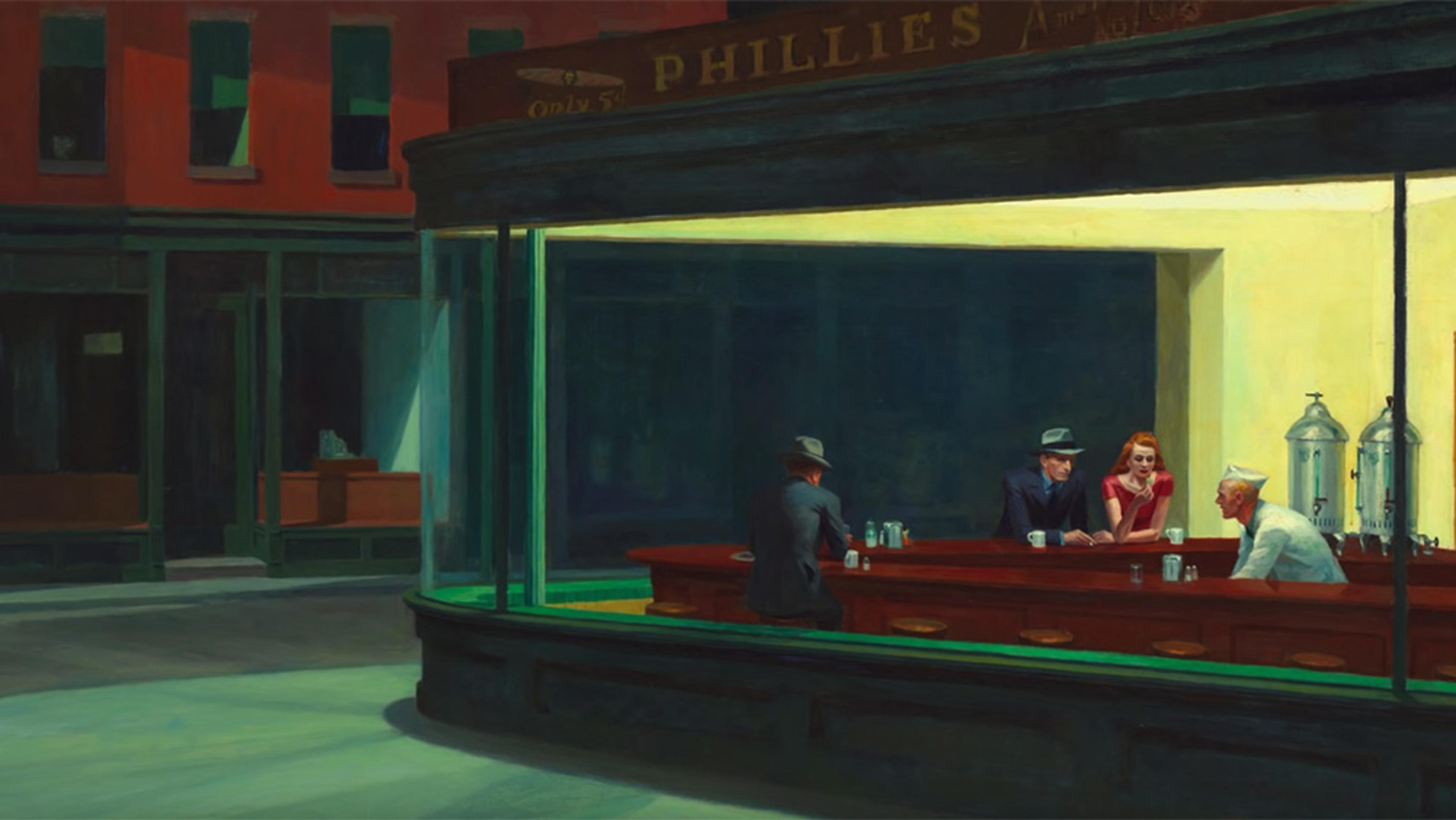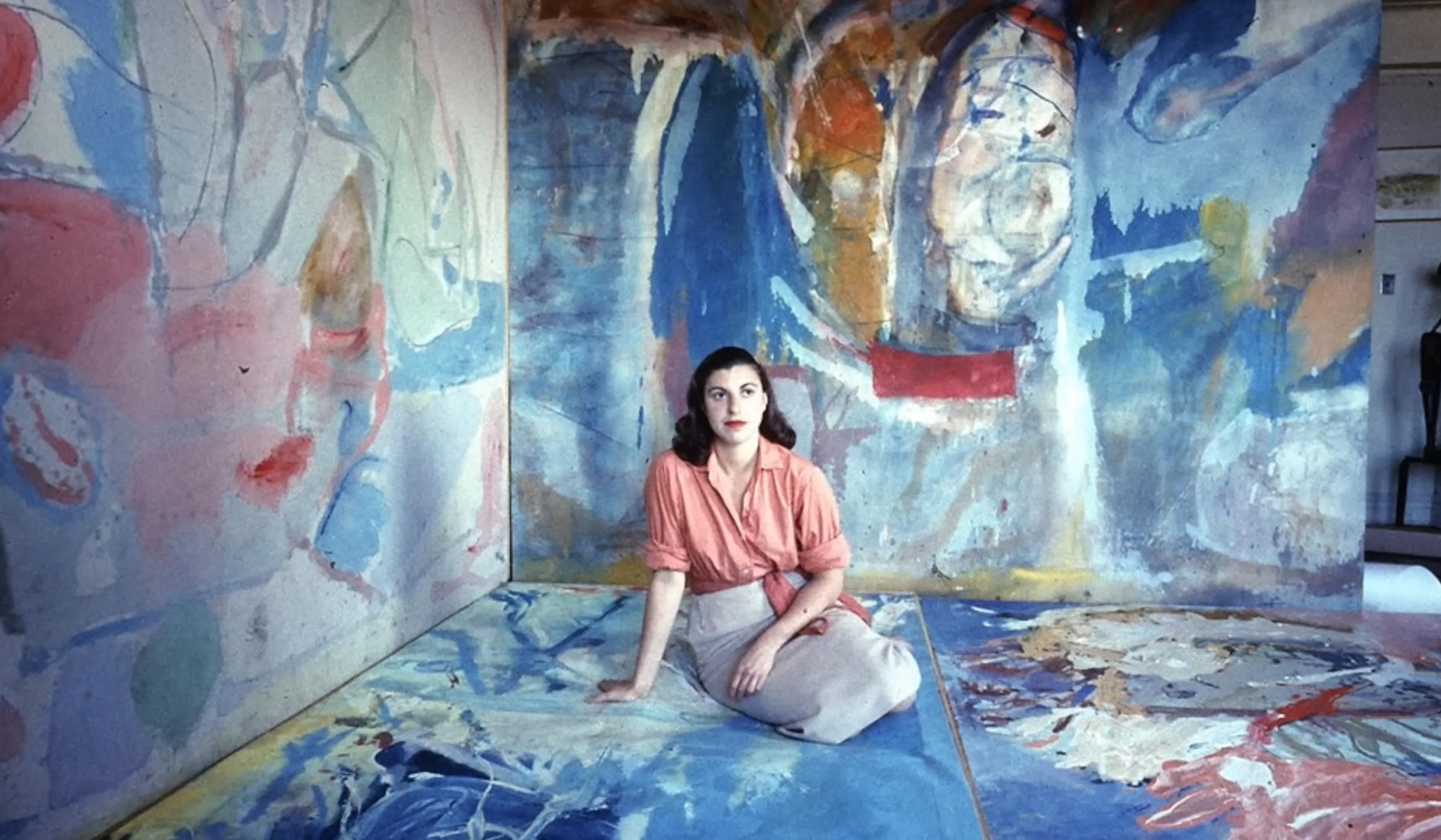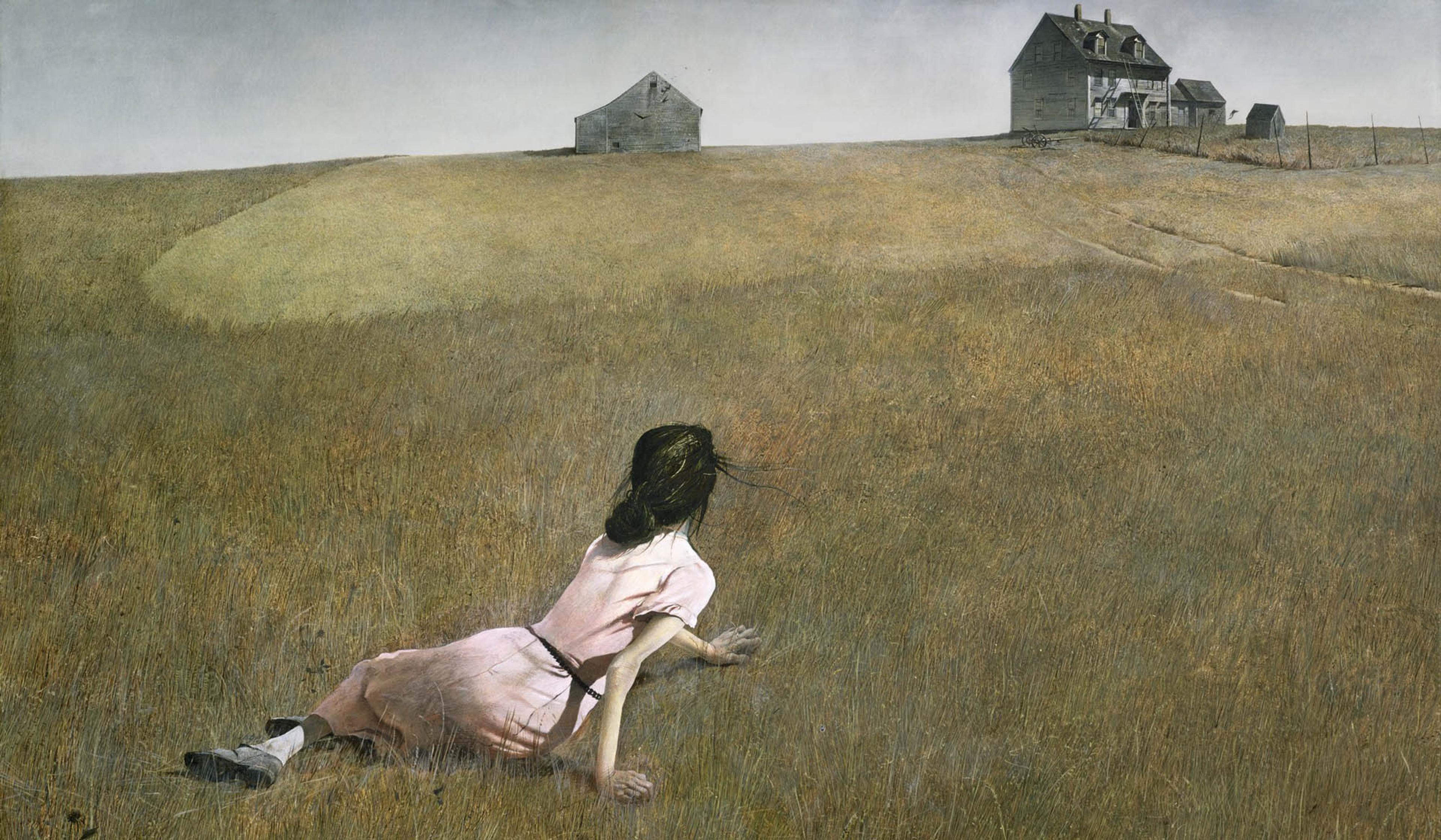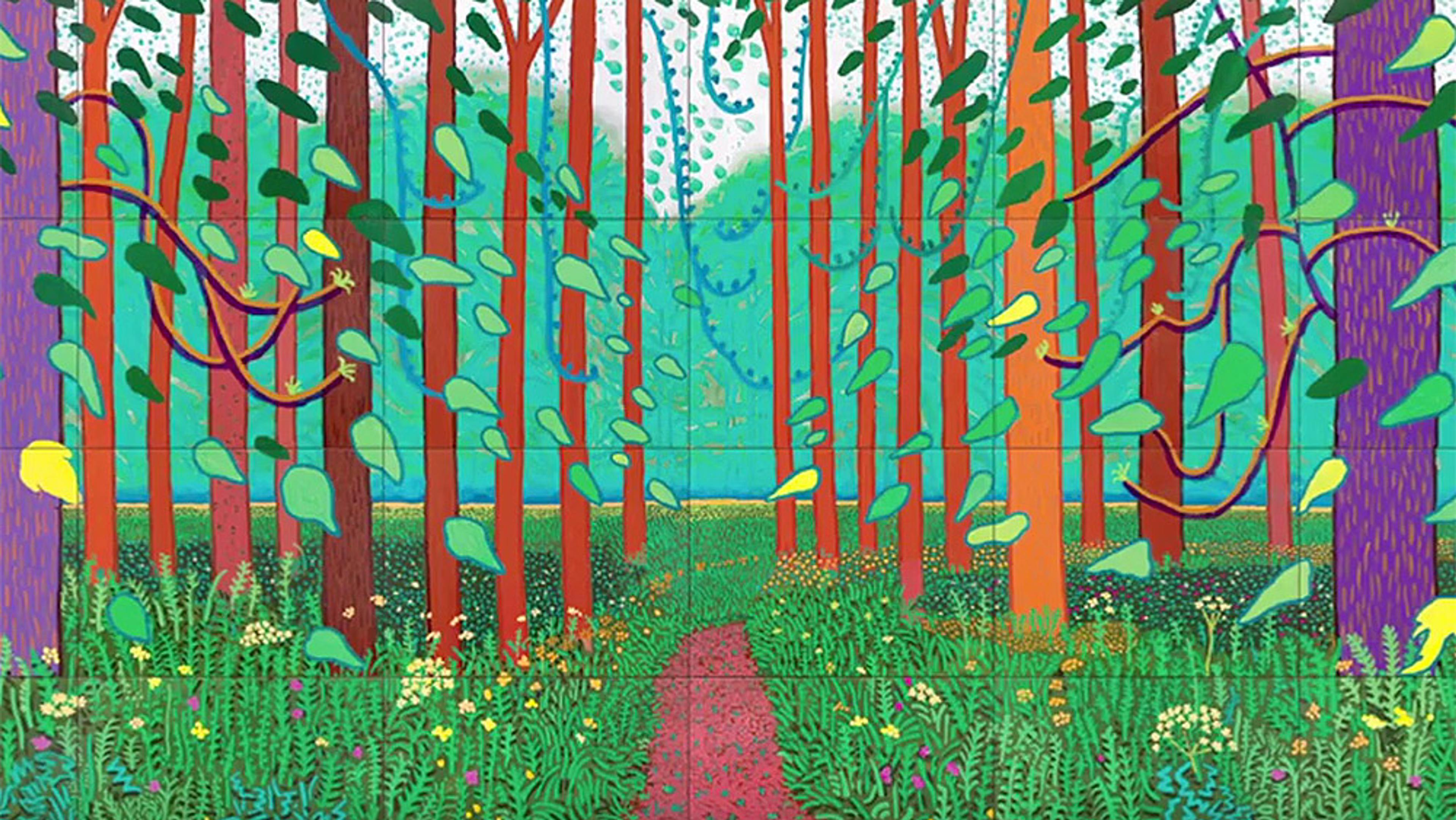Considered one of the most influential realist painters of the 20th century, Edward Hopper portrayed American life through moody tableaux which still possess a great deal of cultural influence. Born in 1882, just 25 miles north of New York City, Hopper was uniquely situated in time and place to witness the burgeoning of cinema as an art form. In this instalment from the YouTube series Great Art Explained, the UK curator, gallerist and video essayist James Payne explores how Hopper was one of the first artists to be directly influenced by cinema, and how filmmakers were, in turn, influenced by his stark and contemplative visual style. Through keen comparisons rendered side by side, Payne makes a compelling argument that the visual language of cinema has been shaped by fine art, and that Hopper’s work in particular was, and remains, an enduring influence on moviemaking.
Edward Hopper came of age with cinema. As an artist, he left a lasting mark on it
Video by Great Art Explained
6 December 2022

videoArt
The flickering ray of hope in the stark loneliness of Edward Hopper’s Nighthawks
8 minutes

videoArt
The female Abstract Expressionists of New York shook the world of art
15 minutes

videoArt
‘I built the ground thinking of her’: the story of Andrew Wyeth’s ‘Christina’s World’
8 minutes

videoArt
How Hokusai’s Great Wave emerged from Japan’s isolation to become a global icon
17 minutes

videoArt
Creating art that was aware of itself – and the viewer – made Manet the first modernist
15 minutes

videoArt
When is art a better tool for understanding mental illness than science?
8 minutes


